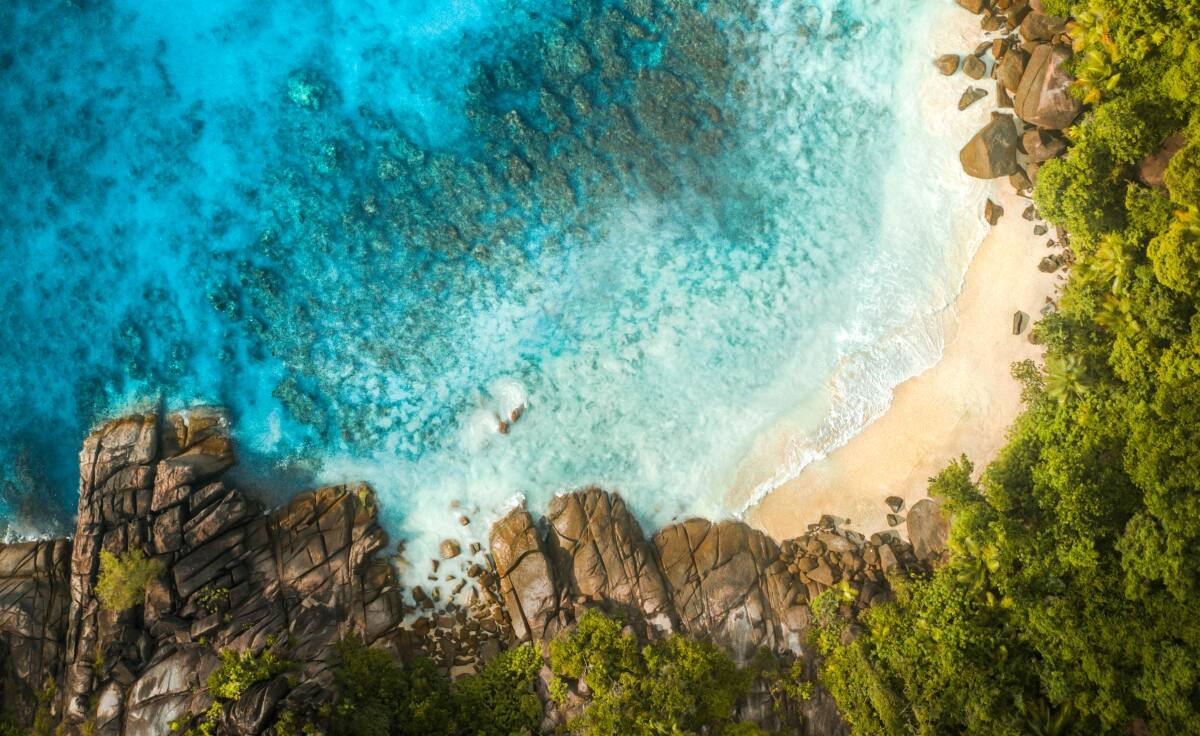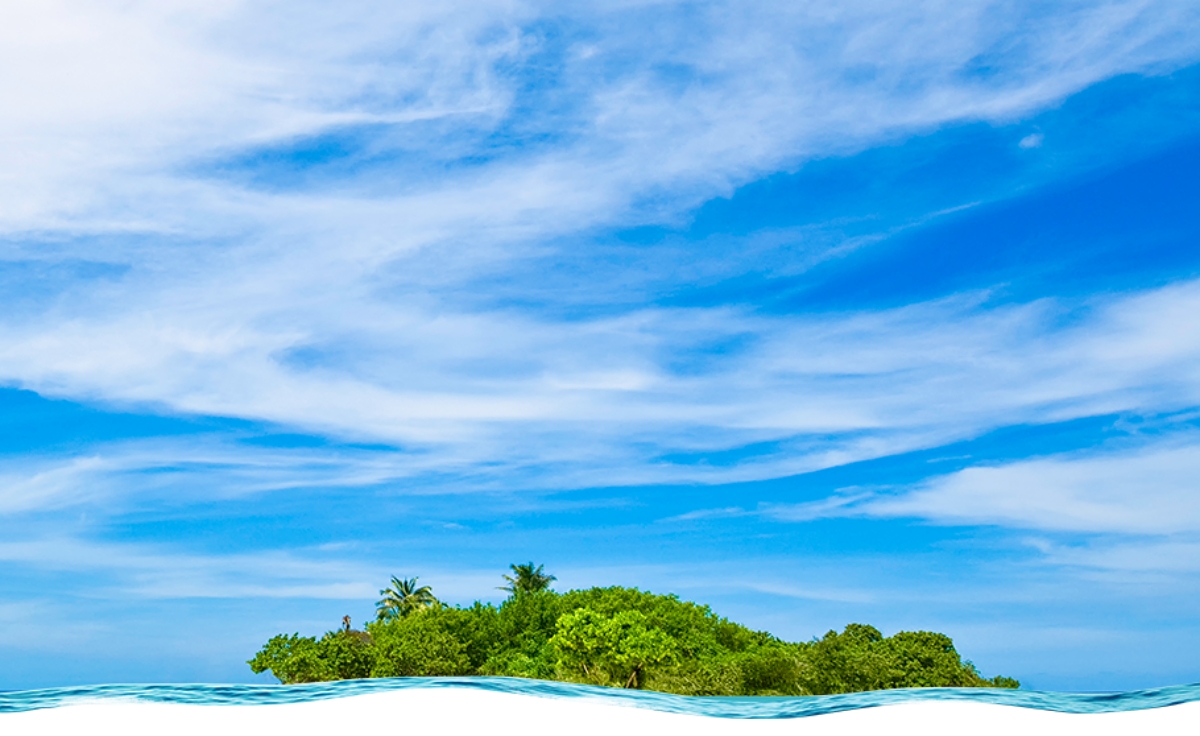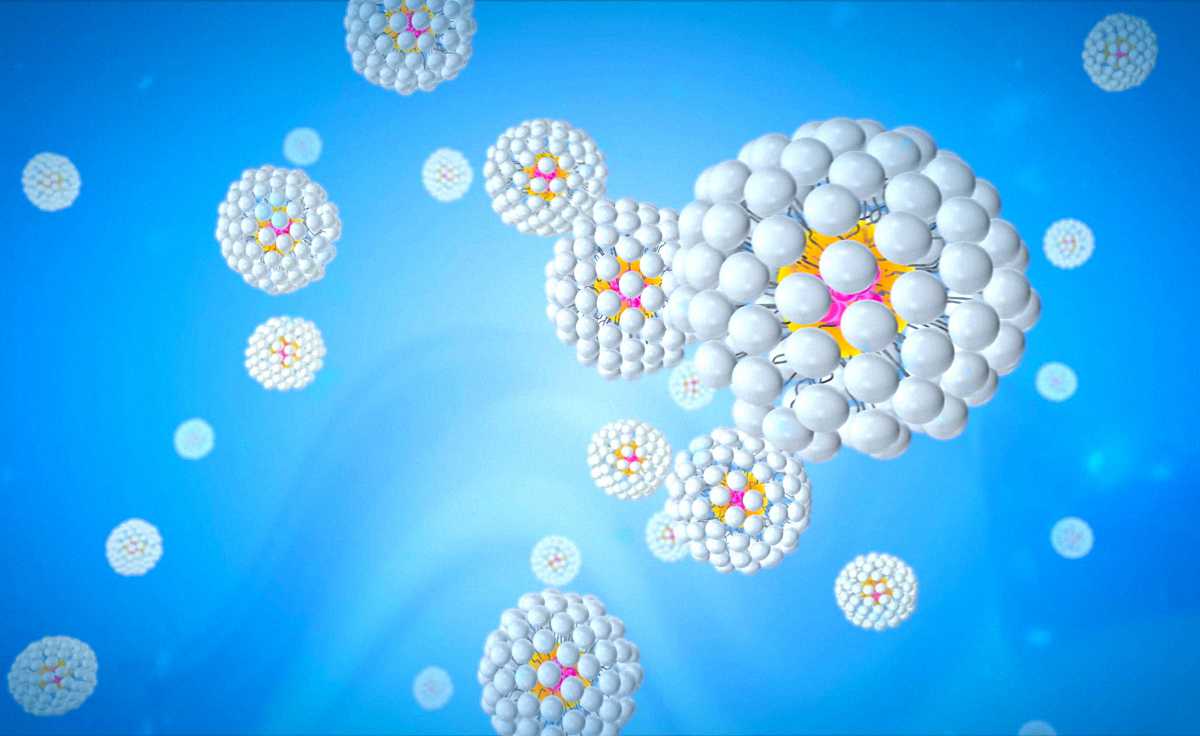
Ask our experts
Environmental protection & sunscreen: In demand in Grenzach
It is so important, yet remains the subject of heated discussion: sunscreen. In fact, sun protection in general is facing major challenges. The issue of environmental protection is one of them.
Many people have been following the public and scientific reports on the effects of sunscreens and their UV filters on the environment in recent months and years.
Many of these reports have been found to be either too general or even incorrect. Much needs to be researched and analyzed in more detail. We actively support relevant environmental issues by promoting appropriate research and development projects.
What is the current state of play? A good reason to talk to our colleague Myriam in Grenzach.
Is it even possible to formulate sun protection that is sustainable and environmentally friendly?
Myriam Sohn: Yes, but it is a long and difficult path that comes with many uncertainties and hurdles. With today’s knowledge, the data and facts available, sunscreen products and UV filters can be developed and formulated with as little impact on the environment as possible. Our EcoSun Pass helps sunscreen manufacturers launch formulations on the market that contain more environmentally friendly UV filters.
Myriam, the reports of damage to the ecosystem, coral reefs and our oceans are still present. Is there a new level of knowledge as to the influence of sunscreen or its UV filters on the environment?
Myriam Sohn: There is still no definitive answer to this question, as the available data and risk assessment systems are still inadequate in places or insufficiently mature. To this end, we are partnering with universities and international working groups on the standardization of test methods to assess the toxicity of cosmetic ingredients (in this case UV filters) on corals. In addition, we are working with other companies and organizations to optimize the risk assessment systems already mentioned. However, I would be happy to pass the question on to my colleague Sascha Pawlowski from Regulatory Ecotoxicology in Ludwigshafen, who can no doubt say a little more about the current situation.
Sascha Pawlowski: With regard to the development of standardizable test methods on corals, we have already been working with the University of Oldenburg for several years and were able to establish the first test methods (acute fragment test, larvae test). The next step is to share this with other scientific and industrial partners to develop a uniform and standardizable test standard. Further risk assessment procedures have already been developed and must now be discussed with official decision-makers.
We often hear that manufacturers and customers must be willing to compromise when it comes to UV filters. What exactly does this mean?
Myriam Sohn: If the goal is “more environmentally friendly,” then a willingness to compromise and acceptance play an important role, because the more the relevant parameters (in this case the environment) are included as selection criteria for future UV filters, the more this leads to certain compromises in terms of their properties. More acceptance is also needed for the topic of “nano” when it comes to replacing environmentally harmful UV filters such as EHMC or OCR. With organic nanoparticle filters such as MBBT and TBPT especially, we not only have the opportunity to use highly efficient filters, but they also enable us to meet the EcoSun Pass criteria.
When considering the environmental impact of sunscreen, UV filters are suspected of being particularly toxic for the environment. What role do the preservatives used to prevent the growth of bacteria and fungi in the packaging play?
Myriam Sohn: These preservatives are usually biocidal active substances such as phenoxyethanol, ethanol or caprylyl glycol, which, in the concentrations used, prevent the products from spoiling in the packaging due to microbial degradation during storage and use. After use, however, these are diluted in water to such an extent that this concentration-dependent toxicity to microorganisms then normally no longer occurs. This means that these substances can be easily and completely degraded in sewage treatment plants. If you would like to take a closer look at the topic, I recommend the following scientific publication: Pawlowski S, Petersen-Thiery M. 2020. Sustainable sunscreens: A challenge between performance, animal testing ban, and human and environmental safety. In: Blasco J, Tovar A, Sánchez D, editors. Sunscreens in coastal ecosystems: Occurrence, behavior, effect and risk, vol 94. Handbook of Environmental Chemistry. Basel, Switzerland: Springer Nature Switzerland AG, pp 185-207. doi:10.1007/698_2019_444
More information
The demands are growing
For manufacturers of sunscreens and suppliers of UV filters, it has long been more than “just” the performance of their product that matters.
More informationEcoSun Pass
BASF Personal Care uses the EcoSun Pass to help sunscreen manufacturers bring formulations to market that are good for people AND the environment.
More informationUV filter types
They are expected to provide reliable protection against the different UV rays and have to feel extremely pleasant too. Excellent scientific know-how is necessary.
More information



